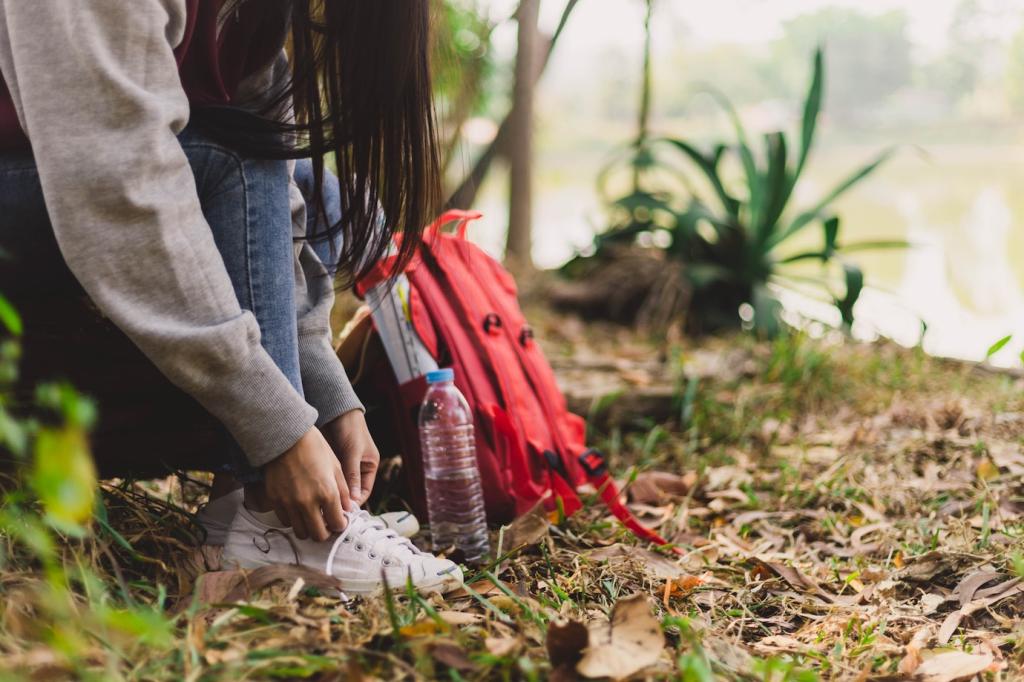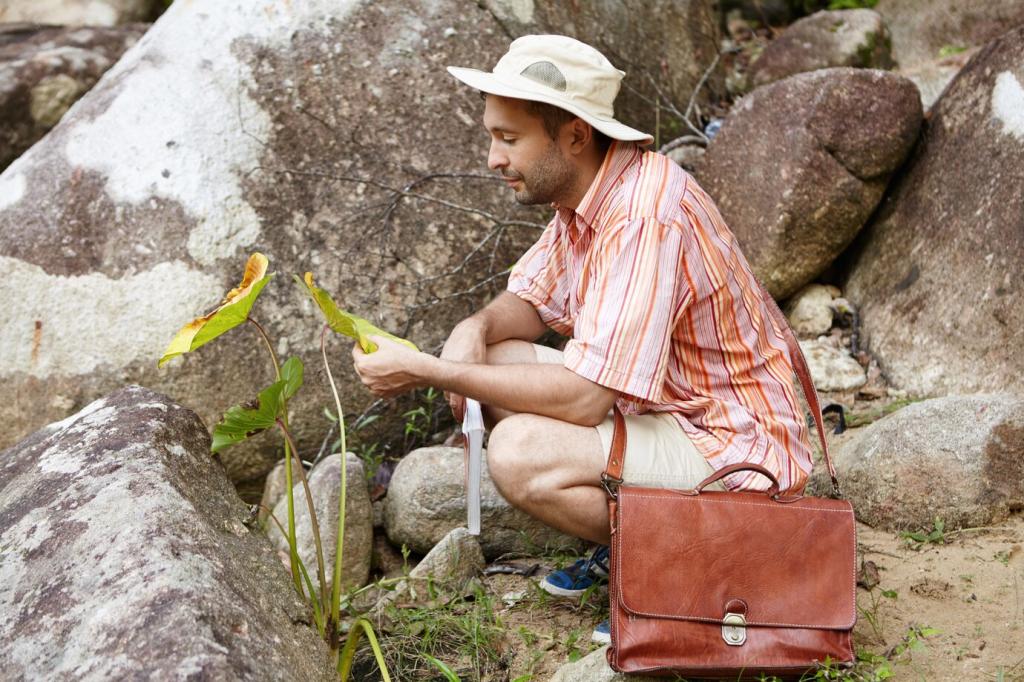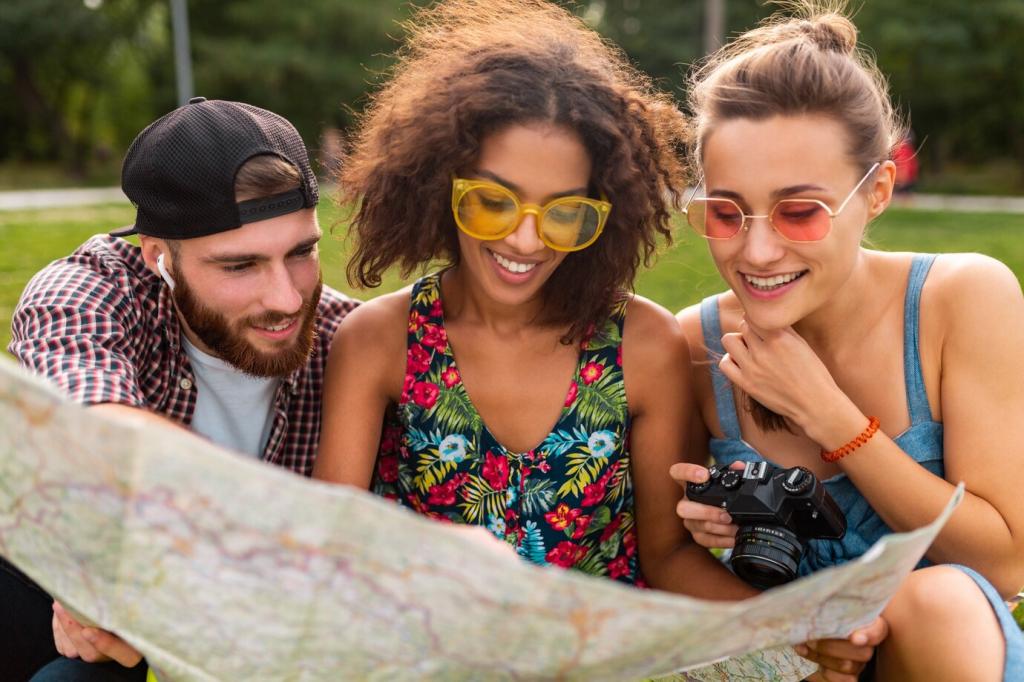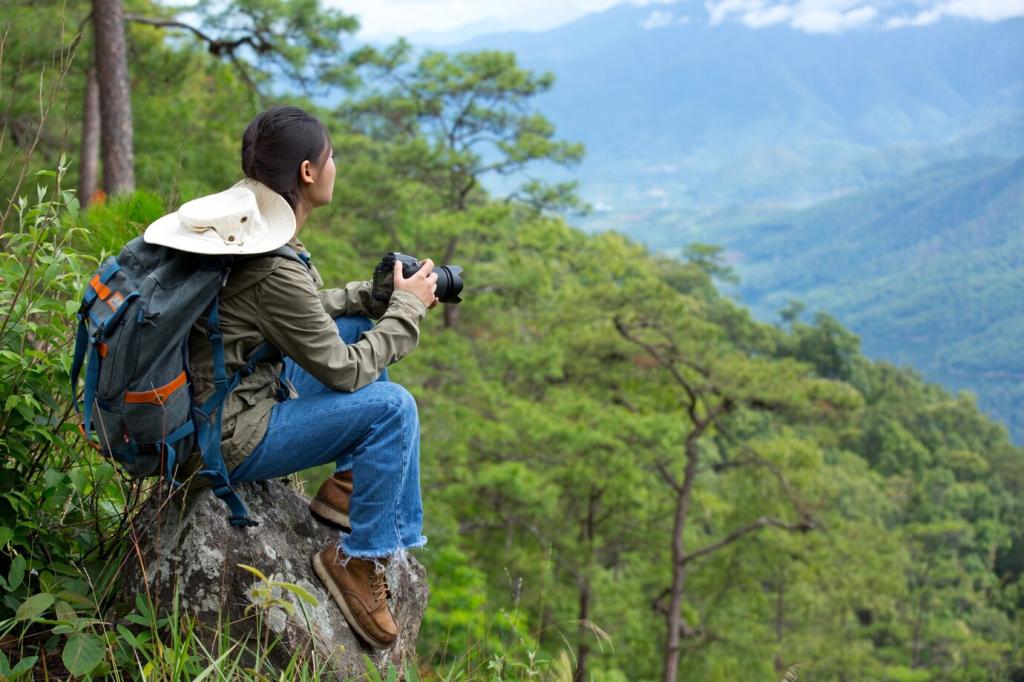Community-Based Tourism Initiatives: Travel That Uplifts Communities
Selected Theme: Community-Based Tourism Initiatives. Discover how journeys led by locals create authentic cultural exchange, fair livelihoods, and stewardship of place. Join our community—share your questions, subscribe for stories, and help shape traveler-powered change.

Foundations of Community-Based Tourism Initiatives
What Community Ownership Really Means
In community-based tourism initiatives, residents design experiences, set visitor limits, and decide where revenue flows. Ownership is not a slogan; it is decision-making power, cultural guardianship, and transparent governance embedded in everyday practice.
Why Community-Led Travel Matters
When local people steer tourism, economic benefits stay close to home, traditions thrive, and travelers encounter real stories rather than staged performances. This approach strengthens resilience, dignity, and trust between hosts and guests alike.
How Initiatives Are Organized
Many initiatives start as cooperatives, uniting homestay hosts, guides, artisans, and farmers under shared rules. Profits fund essentials like water systems, school programs, and trail maintenance, creating a visible cycle of reinvestment everyone can track.
Free, Prior, and Informed Consent
Communities must invite tourism on their own terms. That means inclusive meetings, clear expectations, and consent documented before any visitor arrives, protecting elders’ voices and ensuring youth see a path for their future involvement.
Fair Contracts and Transparent Finances
Agreements define revenue shares, pricing, and dispute resolution in plain language everyone understands. Open books, community assemblies, and annual reports reduce conflict while giving travelers confidence that their spending supports community priorities.
Training and Shared Capacity
Workshops in guiding, hospitality, first aid, and digital marketing help local teams run operations sustainably. Skills circulate among neighbors, so knowledge remains embedded in the community rather than outsourced to fleeting consultants.
Cultural Heritage: Living, Evolving, Respected
Community-led performances, weaving circles, and storytelling nights happen on local schedules, not just when buses arrive. This rhythm preserves meaning, inviting guests to witness culture as everyday life rather than a rehearsed stage show.
Cultural Heritage: Living, Evolving, Respected
Clear visitor guidelines limit intrusive photography, discourage bargaining that undercuts artisans, and honor sacred spaces. These boundaries protect identity while inviting genuine curiosity, setting a respectful tone for all cultural encounters.

Nature Stewardship and Regenerative Practices
Low-Impact Design and Local Materials
Trails follow existing footpaths, lodges use rainwater harvesting, and kitchens compost organic waste. Locally sourced materials reduce emissions and maintain visual harmony, reminding visitors that beauty is strongest when it grows from place.
Citizen Science With Purpose
Guides train travelers to log bird calls, reef health, or plant phenology on simple apps. The data returns to the community, informing closures or seasonal limits when ecosystems need time to breathe and regenerate.
Funding Conservation Through Tourism
Modest conservation fees fund mangrove nurseries, trail restoration, and wildlife monitoring. Because fees are community-administered, residents see direct results, strengthening support for long-term protection over short-term extraction.
Measuring Impact That Matters
Social Wellbeing Indicators
Communities monitor school attendance, women’s leadership roles, mentor programs for youth, and cultural event frequency. These signals reveal whether tourism strengthens the social fabric rather than stretching it thin over visitor demands.
Economic Indicators With Low Leakage
Tracking local sourcing, cooperative dividends, and household income diversity helps ensure money circulates locally. Reduced dependency on a single season empowers families to plan, save, and invest in long-term community goals.
Environmental Health and Carrying Capacity
Regular water testing, wildlife sightings, and erosion checks inform visitor caps. When thresholds are reached, initiatives pivot—sending guests to alternative routes or seasons rather than compromising the ecosystem’s recovery time.


A Coastal Village Reimagines Its Future
Declining fish stocks and unpredictable weather left families vulnerable. Younger residents considered leaving, and cultural festivals felt smaller each year as the village struggled to fund even the simplest preparations.
A Coastal Village Reimagines Its Future
Fisherfolk, weavers, and cooks formed a cooperative, setting visitor quotas and agreeing on prices. Homestays opened slowly, guides trained in safety, and a small cultural center documented songs once sung only at sea.


How You Can Support Community-Based Tourism Initiatives
Book homestays run by local cooperatives, hire resident guides, and buy directly from artisans. Ask how revenue is shared and celebrate initiatives that publish clear community benefit plans and annual impact summaries.
How You Can Support Community-Based Tourism Initiatives
Learn greetings, ask before taking photos, follow dress guidelines, and respect sacred sites and seasonal closures. Your care signals that culture is not a backdrop but the beating heart of the journey.
